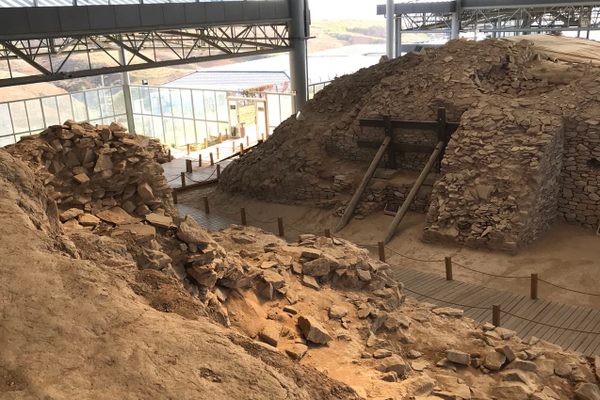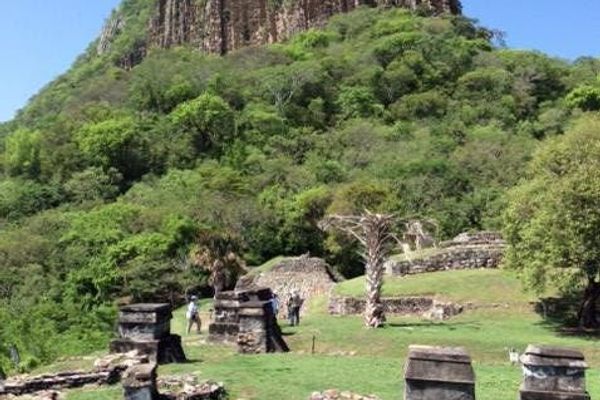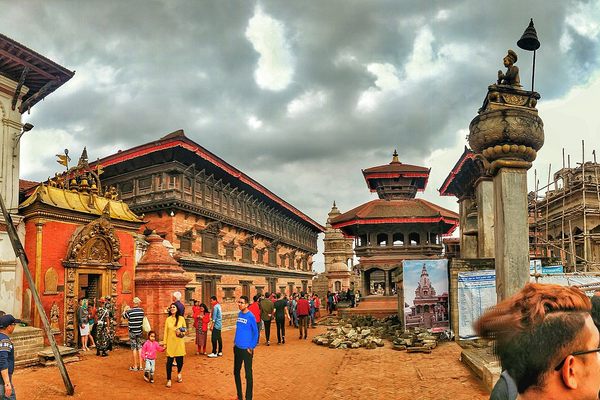About
For over 1,300 years, Tunis Medina has remained bustling, but mostly unknown. Certainly, this is one of the busiest locations in the whole country. Every day, thousands of people go about their shopping, pray at one of the many mosques hidden deep within, and down strong shots of Tunisian espresso (or tiny cups of sugary mint tea). But, apart from a small handful of well-trodden lane-ways, the majority of the Tunis Medina remains mysterious and rarely visited by outsiders.
Medina of Tunis ("medina" meaning "town" in Arabic) was founded during the seventh century around the site of enormous Al-Zaytuna Mosque. This is the second oldest mosque in Tunisia, constructed during the earliest days of Islam, and the Zaytuna Mosque defined the Medina area as an important cultural center, school, and university. Slowly, organically, over many centuries, the town around Zaytuna grew and expanded to become the Medina of Tunis.
A UNESCO World Heritage site, and well-known due to the central location, to this day the Medina of Tunis remains genuinely a city-within-a-city. It's not only a place for shopping and eating—it's a neighborhood home for many residents. The internal Medina streets may be difficult to navigate, but having “outsiders” wandering through is part and parcel of living here. This is a neighborhood that’s used to living close to the action.
You’re most likely to enter Tunis Medina by moving through the Place de la Victoire, an open square dotted with fountains, restaurants, cafes, and the Bab el Bhar gate (do check out the small “sea-level” marker on the side of the gate). Within moments, the “European” styled city ends abruptly, and you’re in another world filed narrow alleys, twisting, turning, and undulating, mostly covered but not always.
During the day, Medina is truly a sight to behold. Thousands of shops line streets dedicated to selling specific items—jewelry street, wedding gifts street, woodworkers street, there’s even a covered alley with vendors specializing in making only chechias, burgundy-red cylindrical felt hats. In between, there’s restaurants, street-food, offices, apartments, a hotel or two, and countless paths you could take to see it all.
As the sun sets, a new reality sets in. Every evening, like clockwork, most of the Medina is abandoned. It’s dark (there's a near-total lack of lighting), and nearly impossible to navigate for anyone other than those most familiar with the layout. Most of the locals leave, or move to the wider open areas of Medina. The keen remainders catch up with friends, chat, drink coffee and tea, and smoke hookah before heading home and doing it all again the next day.
Related Tags
Know Before You Go
Tunis Medina is a can’t-miss place in both the literal and figurative sense. Sitting in the middle of the city, all visitors to Tunis are certain to come across the Medina soon enough. However, consider setting aside a few hours to truly explore one of the world’s oldest Medina’s. Move off the main drag, and wander through with no particular destination in mind. Indeed, it’s going to take time, and a little luck, to uncovering your unknown corner of this unique maze—but this is the true can't-miss side of the Tunis Medina.
The location is given for Bab el Bhar, the "sea gate" that separates Tunis Medina and the European-styled central city. From there, it’s easy to spot the main entrance of the Medina—just walk on in. Keep in mind, it’s very difficult to navigate within the Median using GPS, due to the narrow and covered streets. For the best shopping and eating, visit before sunset.
Tunisia: The Sahara, Mosaics & Star Wars Relics
A Sahara journey through ancient oases, diverse culture, & delicious cuisine.
Book NowCommunity Contributors
Added By
Published
August 27, 2019
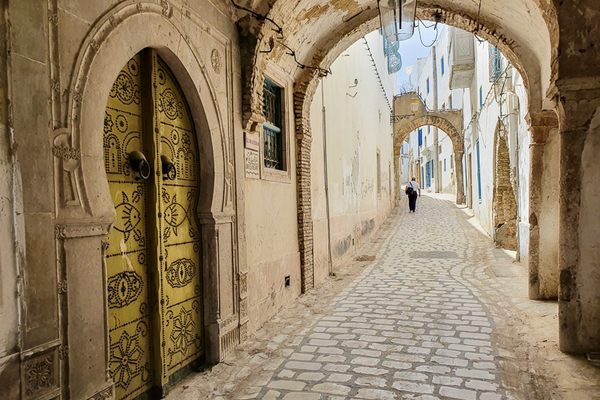





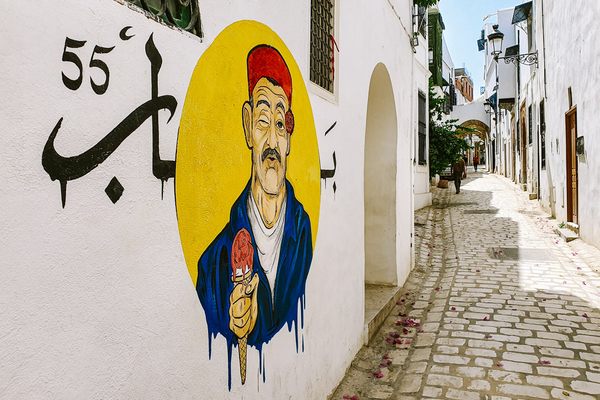

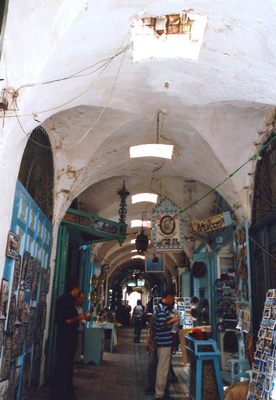
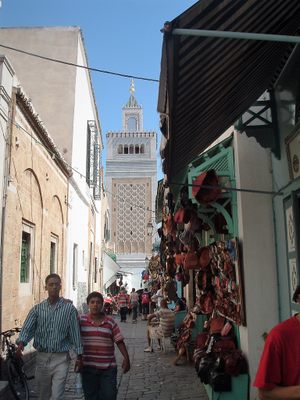


























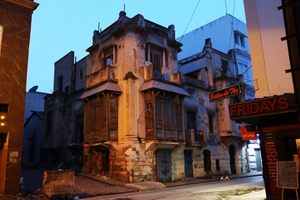

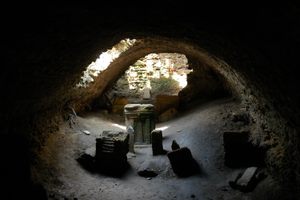
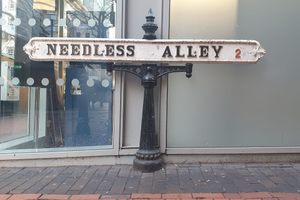
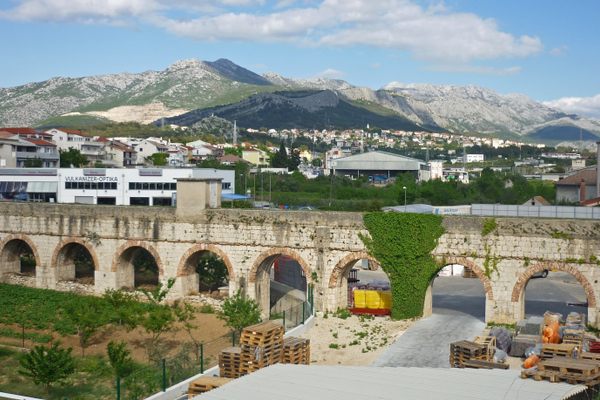
![Römerstadt Carnuntum [Roman City Carnuntum]](https://img.atlasobscura.com/lJwz_PppknPO9xNJQ9B_K-c0MK8DHICI79iGIf-ybVI/rs:fill:600:400:1/g:ce/c:3989:2659:nowe:5:308/q:81/sm:1/scp:1/ar:1/aHR0cHM6Ly9hdGxh/cy1kZXYuczMuYW1h/em9uYXdzLmNvbS91/cGxvYWRzL3BsYWNl/X2ltYWdlcy8wYjVm/MTMyZS1lYTJkLTQ0/ZDktODk3Ni1kNjJj/NWM4ZGFmYTliODQw/MzM2Y2ZlMzVjN2Fi/OTVfMTQ2NzI0MjYz/MDFfZWFlMjQ5MjYz/YV9vLmpwZw.jpg)
